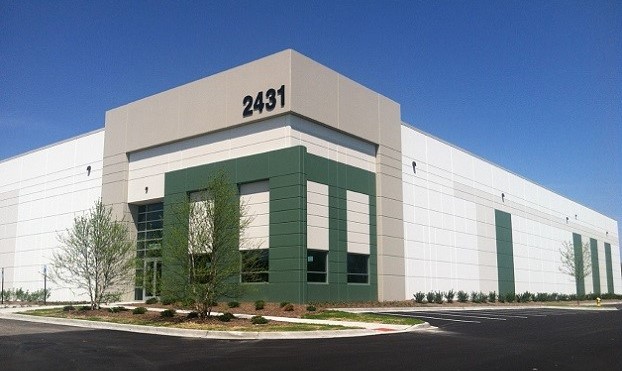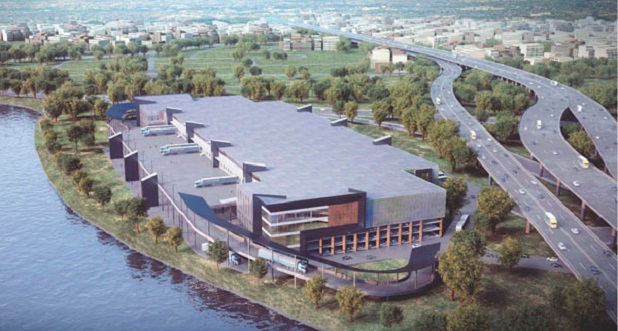CHICAGO—The rise of e-commerce, and the subsequent supercharge given to the warehouse and distribution sector, has greatly increased Chicago's importance as a core industrial market. But a surge in development over the past few years, especially of big box distribution centers, has brought about a few changes.
“That wave of activity has slowed down,” George Cutro, director of industrial research for JLL in Chicago, tells GlobeSt.com. Developers have decided to take a pause, at least for large buildings, and wait for tenants to fill up the empty spaces.
Recommended For You
Want to continue reading?
Become a Free ALM Digital Reader.
Once you are an ALM Digital Member, you’ll receive:
- Breaking commercial real estate news and analysis, on-site and via our newsletters and custom alerts
- Educational webcasts, white papers, and ebooks from industry thought leaders
- Critical coverage of the property casualty insurance and financial advisory markets on our other ALM sites, PropertyCasualty360 and ThinkAdvisor
Already have an account? Sign In Now
*May exclude premium content







